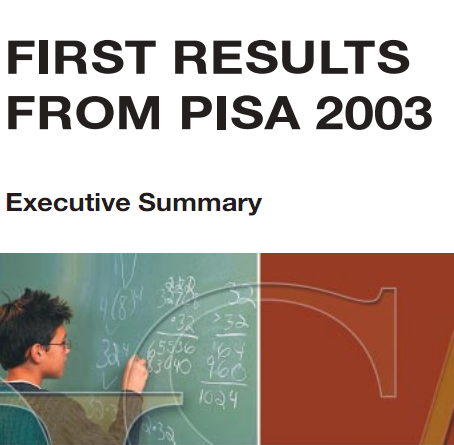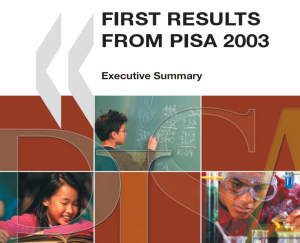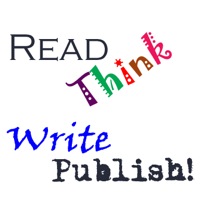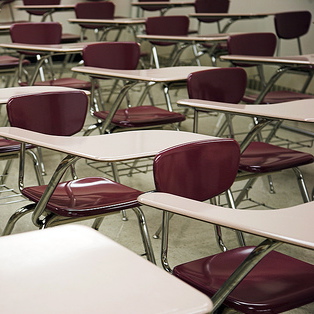Try a sample PISA question on my update post:
“Stop Worrying About Shanghai, What PISA Test Really Tells Us About American Students”
Are they able to analyze, reason and communicate their ideas effectively? Do they have the capacity to continue learning throughout life? Or have schools been forced to sacrifice learning for “adequate yearly progress” on state tests?
The Program for International Student Assessment (PISA) provides some answers to those questions and offers an insight into the type of problem solving that rarely turns up on state testing. PISA is an assessment (begun in 2000) that focuses on 15-year-olds’ capabilities in reading literacy, mathematics literacy, and science literacy. PISA studied students in 41 countries and assessed how well prepared students are for life beyond the classroom by focusing on the application of knowledge and skills to problems with a real-life context. PISA website
NCLB has narrowed our curriculum and forced many schools into the test prep mode. PISA offers a better picture of the independent thinking and problem solving our student will need to be successful. PISA defines problem solving as “an individual’s capacity to use cognitive processes to confront and resolve real, cross-disciplinary situations where the solution is not immediately obvious… and where the literacy domains or curricular areas that might be applicable are not within a single domain of mathematics, science, or reading.”
A competitive workforce is made up of people who can think independently in complex and ambiguous situations where the solutions are not immediately obvious. Educators need resources and training to craft a rigorous learning environment where students can function as 21st century professionals – critical thinkers who can effectively collaborate to gather, evaluate, analyze and share information. You can download PISA sample questions, answers and comparative data:
Executive report 3.4MB pdf
Mathematics items 534KB pdf
Mathematics scoring guide and international benchmarks 624KB pdf
Science items 503KB pdf
Science scoring guide and international benchmarks 461KB pdf
Reading items 835KB pdf
Reading scoring guide and international benchmarks 923KB pdf






